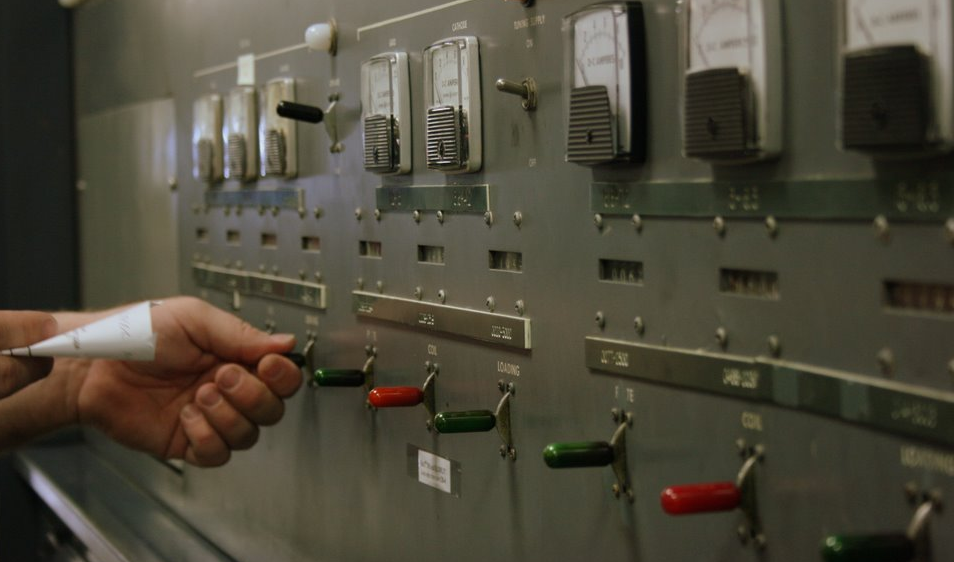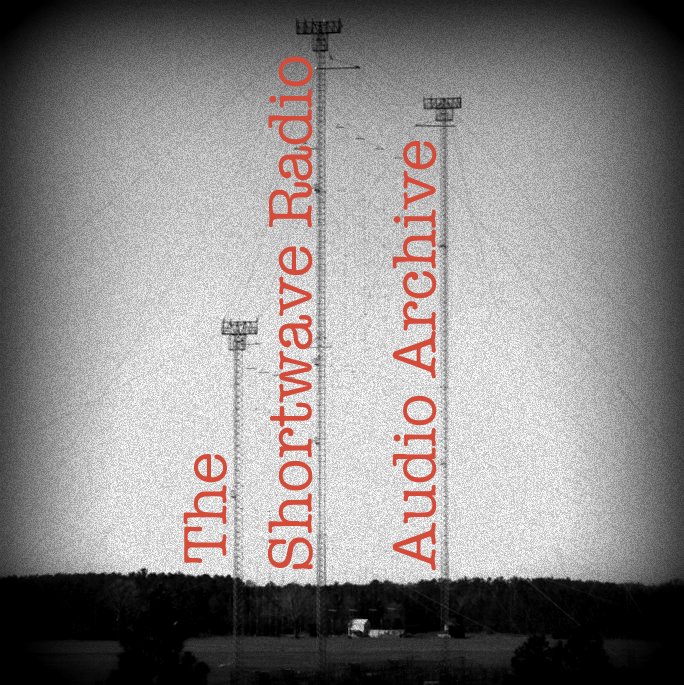Live, off-air, approximately one-hour recording of the Radio Sultanate of Oman English Service on 5 February 2016 beginning at 13:59:36 UTC on a shortwave frequency of 15140 kHz. This service is a relay of the domestic English service on 90.4 MHz in Muscat and is broadcast from a 100 kW transmitter in Thumrait, western Oman, with an antenna beam azimuth of 315°.
The recording begins with music in progress for about 30 seconds or so and then a station identification: "Oman Radio, 90.4 FM." This is followed by the call to evening prayer, using nature-sound music, specifically the track "The Runoff" from Dan Gibson's Solitudes "Rocky Mountain Suite" album. There is no muezzin; just an announcement. Then follows the "6 p.m. News Bulletin." This, in turn, is followed by the program "Jazz Café." The transmission ends abruptly in mid-song at about 15:04:30 UTC. Normally, there would be a switch to Arabic programming at this time but the carrier stayed on without any audio for a number of hours.
The broadcast was received by the Web-interface wideband software-defined radio at the University of Twente in Enschede, The Netherlands, with a "Mini-Whip" antenna in AM mode with initially 5.09 kHz RF filtering but this was changed after a few seconds to 8.09 kHz. Reception quality was excellent with almost full quieting during audio pauses.
















